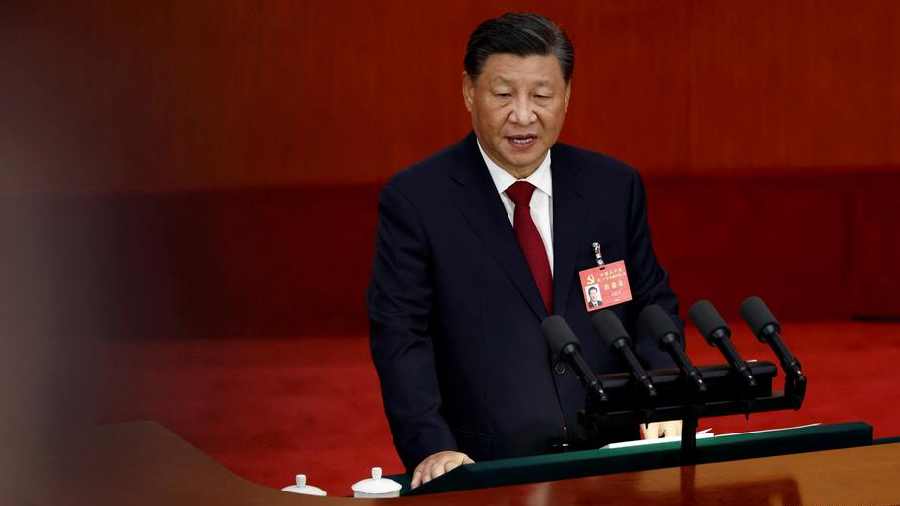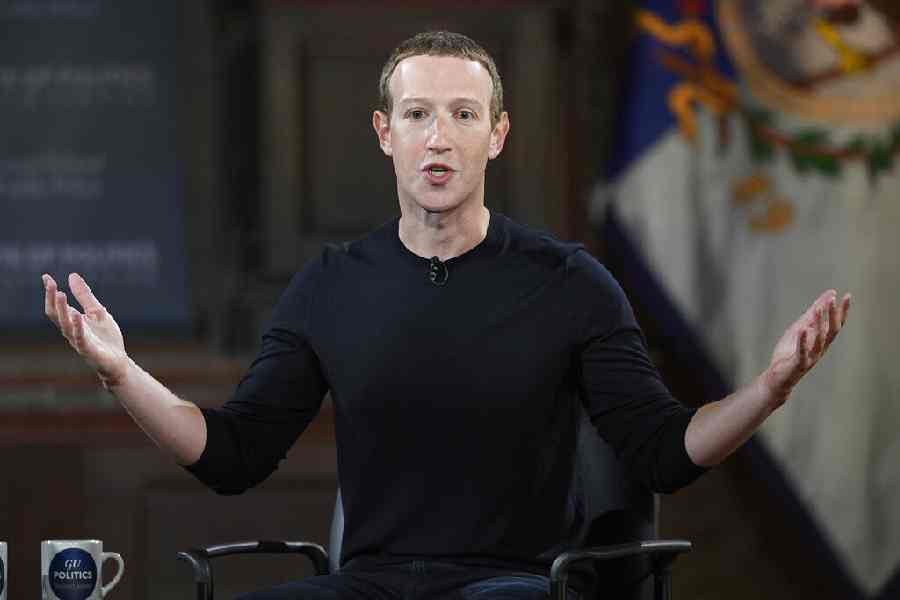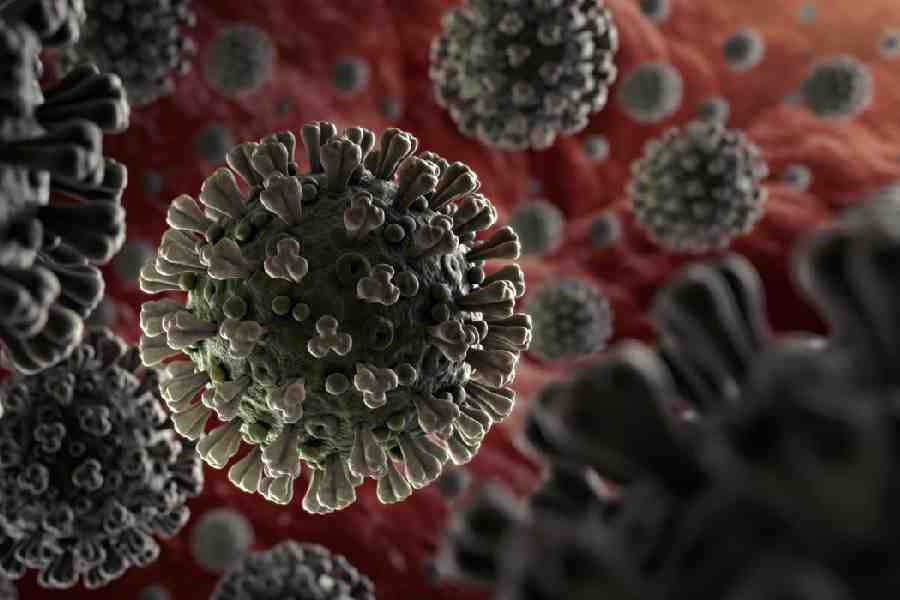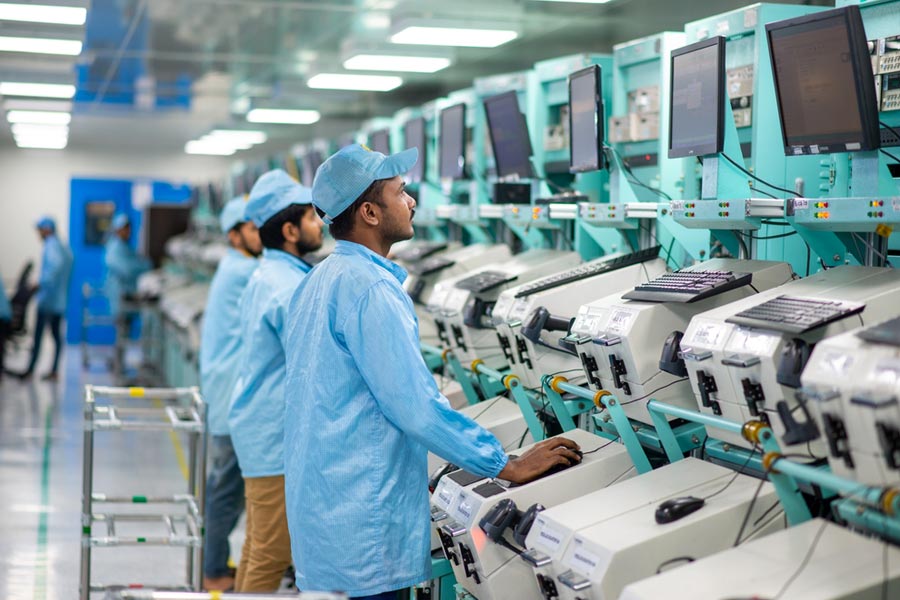China on Sunday hiked its defence budget by 7.2 per cent, marginally higher than last year, to 1.55 trillion yuan (about USD 225 billion), marking the eighth consecutive year of increase in its military spending.
China, last year, pegged its defence budget at 1.45 trillion yuan, a 7.1 per cent increase. This year the defence spending is increased to 1.55 trillion yuan.
However, in view of the appreciation of the dollar against the yuan, this year's defence spending of China totalled, according to the state-run China Daily, about USD 225 billion.
Last year, in dollar terms China’s defence spending amounted to USD 230 billion.
This is for the eighth consecutive year that China has announced a single-digit percentage point increase in its military budget.
In his work report presented to the opening session of the National People's Congress (NPC) - the country's rubber-stamp parliament - outgoing Premier Li Keqiang spoke highly of the armed forces' achievements at the borders without directly referring to the Eastern Ladakh standoff. “They carried out operations in a firm and flexible way, and they effectively conducted major missions relating to border defence, maritime rights protection, counterterrorism and stability maintenance, disaster rescue and relief, Covid-19 response, peacekeeping, and merchant ship escorting,” Li’s work report said.
The reference to “major missions relating to border defence” was regarded as significant in the context of offensive actions by the PLA in Eastern Ladakh in May 2020 along the Line of Actual Control (LAC) with India, triggering a prolonged standoff virtually freezing the relations between the two countries.
Both sides held 17 rounds of high-level military talks to resolve the standoff and the 18th round was expected to take place soon.
China is the second biggest spender on defence next to the US whose defence budget for 2023 totalled USD 816 billion.
From India's point of view, however, China's defence budget continued to be over three times higher. India's defence budget for 2023-24 amounted to Rs 5.94 lakh crore (about USD 72.6 billion).
Aided by increasing defence budgets, the two-million-strong People's Liberation Army (PLA), the world's largest military, is increasingly getting powerful and assertive with the ever-expanding military modernisation of its Army, Navy and Air Force.
The Chinese military is headed by President Xi Jinping, who is the Chairman of the powerful Central Military Commission, the overall high command of the PLA.
Xi, 69, the only Chinese leader to have been elected for an unprecedented third five-year term by the ruling Communist Party of China (CPC) in October last year, also heads the party besides the presidency.
Under his leadership, the Chinese military has embarked on a massive military modernisation with a goal to be on par with the US armed forces in the next few years.
The Chinese Navy, the fast-expanding arm of the Chinese military, has now three aircraft carriers while its Air Force continued to be modernised with a vast variety of military jets including stealth jet fighters.
Li’s work report also said: “Our national defence mobilisation capability was boosted. With these efforts, we fully safeguarded China’s sovereignty, security, and development interests”.
“They stepped up military training, increased combat preparedness, and became a much more modernised and capable fighting force,” it said.
China's armed forces, with a focus on the goals for the centenary of the PLA in 2027, should work to carry out military operations, boost combat preparedness and enhance military capabilities so as to accomplish the tasks entrusted to them by the CPC (Chinese Communist Party) and the people, Li said.
The armed forces should intensify military training and preparedness across the board, develop new military strategic guidance, devote greater energy to training under combat conditions, and make well-coordinated efforts to strengthen military work in all directions and domains, Li said.
Ahead of the NPC session, its spokesman Wang Chao on Saturday defended China's steady increases in annual defence budgets, saying that the country's defence spending as a share of the GDP was lower than the world average.
China has been ramping up its defence expenditure as it vied with the US for global influence.
Wang said the increase in the defence budget is needed to meet the complex security challenges for China to fulfil its responsibilities as a major country.
China's military modernisation will not be a threat to any country but a positive force safeguarding regional stability and world peace, he said.
Except for the headline, this story has not been edited by The Telegraph Online staff and has been published from a syndicated feed.











